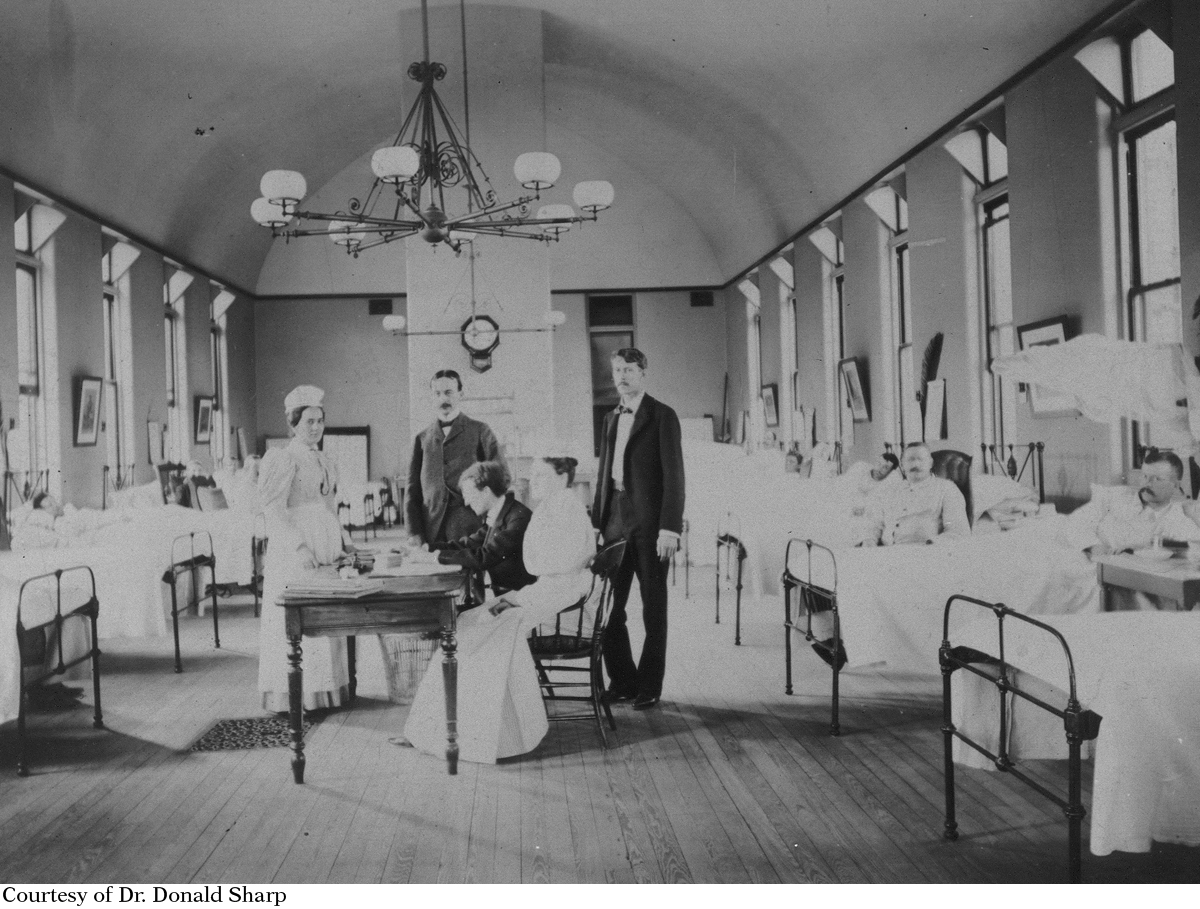Chapter Introduction

Marco Veringa/Getty Images
It’s Not a Germ PIONEERING RESEARCH UNCOVERS VITAMIN DEFICIENCY DISEASES
LEARNING OBJECTIVES
Describe the general properties of the water-soluble vitamins and proper handling techniques to preserve vitamins in foods (Infographics 11.1 and 11.2)
Describe the possible causes of vitamin deficiencies (Infographic 11.3)
Describe the role of vitamins as coenzymes (Infographic 11.4)
List two excellent food sources for each of the water-soluble vitamins (Infographics 11.5, 11.6, 11.7, 11.8, 11.9, 11.12, and 11.13)
Identify the vitamin deficiencies that cause megaloblastic anemia and explain how this anemia occurs (Infographic 11.11)
Identify vitamins that have neurological functions, act as an antioxidant, or are involved in energy metabolism, red blood cell production, and DNA and RNA synthesis (Infographic 11.14)
PELLAGRA a disease caused by niacin deficiency and characterized by the three Ds—dermatitis, diarrhea, and dementia
SIGNS are objective evidence of disease that are observed by health care professionals, such as a rash or abnormal blood tests
SYMPTOMS are subjective evidence of disease that are experienced by the individual that only they can perceive, such as a stomachache or fatigue
In 1914, an esteemed young doctor named Joseph Goldberger was asked by the U.S. Surgeon General to investigate a devastating and mysterious epidemic sweeping across the American South. Known at the time as mal de rosa, now more commonly referred to as pellagra, the condition was causing horrifying signs and symptoms among children and adults—scaly skin, mouth sores, diarrhea, confusion, and, ultimately, mental deterioration. (The signs of pellagra are sometimes known as the three Ds: dermatitis, diarrhea, and dementia.) Although statistics are hard to come by, in 1912, South Carolina alone reported 30,000 cases of this mysterious disease and 40% of those who developed it died.

Dr. Goldberger is sitting at a table surrounded by hospital personnel and patients.
Courtesy of Dr. Donald Sharp
At the time, most doctors believed that the mysterious condition was an infectious disease caused by an as-yet-unidentified microbe. But Goldberger wasn’t convinced. He noticed that the condition tended to afflict poor people, not wealthy people, and that it would sicken prisoners in correction facilities but not the guards. A germ, he knew, wouldn’t make such a sociological distinction. If not a germ, what was causing this terrible disease, and how? Goldberger’s idea, wildly controversial at the time, was that the devastating disease was caused by diet, as he had noticed that the people who were ill tended to eat nutrient-poor diets consisting of cornbread, molasses, and a little pork fat.

Pellagra causes thickening, peeling, and discoloration of the skin.
Lester V. Bergman/CORBIS
In 1915, in what would be considered a highly unethical experiment today, Goldberger experimented on 11 inmates in a Mississippi prison who had volunteered to participate in exchange for a pardon. Most of the inmates in this particular prison ate a well-balanced diet and did not suffer from pellagra. Goldberger fed his volunteers a much less nutritious corn-based diet and watched what happened. Within five months, six of the men showed signs of pellagra, whereas the other inmates in the prison, who ate the more balanced diet, did not. In another experiment, Goldberger supplemented the diets of those suffering from pellagra with fresh meat, milk, and vegetables, and they quickly recovered.
The results of Goldberger’s experiments seemed to implicate diet in the development of the disease, but the case was not yet closed.
WATER-SOLUBLE VITAMINS vitamins that disperse easily in water-based solutions; include the B vitamins, vitamin C, and the vitamin-like nutrient choline
Today we understand that the foods we eat contain vitamins, organic compounds (compounds containing both carbon-carbon and carbon-hydrogen bonds) that are needed in small quantities for very specific functions, such as the maintenance of regulatory and metabolic processes in the body. If we don’t get enough of a vitamin, or are unable to adequately utilize it, we may develop signs and symptoms characteristic of an insufficiency of that vitamin. The fat-soluble vitamins (A, D, E, and K) were the subject of Chapter 10. The vitamins that disperse easily in water-based solutions such as the blood, called water-soluble vitamins, are discussed in this chapter.


